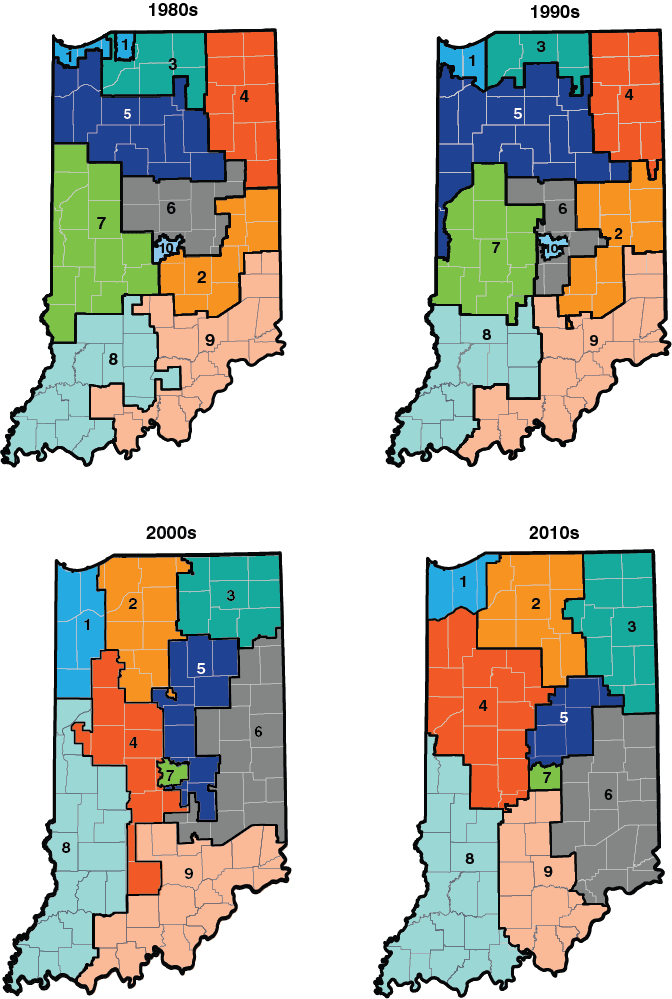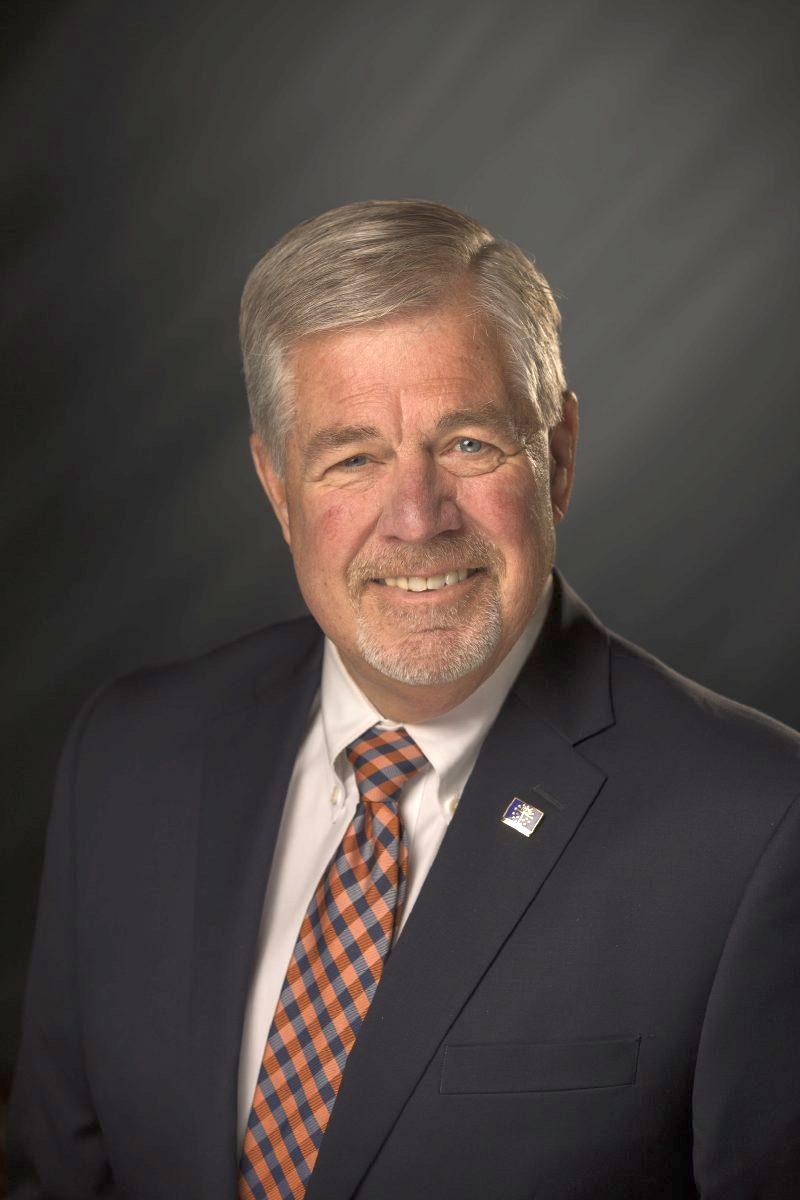
By Jessica Karins
ANDERSON — The Indiana state legislature is seeking public feedback on its planned redistricting process for drawing the borders of its own districts along with Indiana’s nine congressional districts. In the first of a series of planned meetings on the issue, what they mostly got was condemnation.
During the first meeting in Anderson on Friday, August 6, members of the public who attended said they wanted to see a more transparent redistricting and the ability to view proposed maps before the legislature votes.
Jack Tharp served as an alternate on the Citizens Redistricting Commission, a nonpartisan body that recently held its own series of meetings on what Hoosiers want to see from the redistricting process. Tharp, a Republican, spoke at the Anderson meeting and said the current system has led to less competitive elections across the state.
“The general electorate does not benefit from an incumbent without a challenger,” he said.
Linda Genrich, chair of the Hancock County Democratic Party, said she’s been disappointed by what she’s seen so far from the Republican-led state legislature.
“My concern is that it’s highly politicized,” Genrich said. “I just hope that they really do what’s best for the state, and not for the party, on either side.”
Both Rep. Bob Cherry (R-Greenfield) and Sen. Mike Crider (R-Greenfield) have previously said they will likely support the redistricting plan the legislature comes up with. Cherry, who attended the first two meetings, said he disagrees with the argument that the maps drawn in 2011 are gerrymandered.

Cherry pointed to the 2011 map in comparison with other maps from past years, including when Democrats held the majority of seats in the state legislature, and said it was clear maps in previous years had been drawn with partisan concerns in mind.
“If you look at the maps, you would have to say it was the most compressed of all of them,” he said.
The 2011 map-drawing process, Cherry said, was done in a bipartisan fashion, and also in a way that did not prioritize incumbents. Some legislators found themselves in the same district as a colleague, including Cherry himself.
“Personally, I don’t think you ought to look at where a legislator resides, just draw the districts,” he said.
Jon Sturm, the vice chair of the local Democratic Party, said he appreciated that the legislators were hosting the meetings and that Cherry took the time to talk at the Anderson event. He added, though, that he wished the public testimony was more of a dialogue with the legislators.
“It didn’t give us an opportunity for discourse,” he said.
Sturm said he hopes the state maps will promote competitive elections.
“We to sharpen each other’s swords, from a talent and problem-solving perspective,” he said.
Myla Eldridge, vice chair of the state Democratic Party, attended the meeting and was frustrated with what she saw. She said the legislators holding the panel should have answered questions from the audience, rather than only allowing testimony.
“I left feeling like they treated that meeting as a checkbox on their ‘things to do’ list,” Eldridge said. “…It seems like they are rushing this process to exclude Hoosiers from the process.”
Eldridge said the maps drawn in 2011 were some of the most gerrymandered in the country, a conclusion backed up by Dr. Chris Warshaw of George Washington University, which found Indiana’s congressional districts more biased than 95% of others in the U.S.
“If we don’t do something about this now, we’re on track to repeating the same fate,” she said.
Julia Vaughn of Common Cause Indiana, which helped host independent meetings asking voters for feedback on the redistricting process earlier this year, said the organization appreciates the legislature asking for feedback, but it won’t be meaningful if the public can’t see proposed maps.
“That’s not transparent and it’s not providing any opportunities for real public comment,” she said.
Vaughn said she’s aware that changing boundaries mean incumbents and potential candidates have to make decisions about their residency and whether to run before election season, but she said there’s adequate time for that and it shouldn’t interfere with a truly transparent process.
“We don’t need a redistricting process that is focused solely on the needs of legislators,” she said.
Unfortunately, Vaughn said, the Supreme Court has set out a very limited set of circumstances in which redistricting decisions can be challenged in court. That likely won’t be a possibility in this case, so if advocates believe the maps are gerrymandered, their last line of defense might be Gov. Eric Holcomb. The governor’s signature is needed to finalize the maps.
During a recent visit to Fortville, Holcomb said he will sign off on maps that comply with constitutional requirements and that he’s confident the ones he’s provided will do that.
At the end of the meeting in Anderson, Rep. Timothy Wesco (R-Osceola) said the state legislature is not as partisan as some people think. He reminded the audience that nearly half the bills passed by the body in its most recent session were unanimous, and 94% percent passed with at least some bipartisan support.
The redistricting process has been delayed by the late arrival of 2020 U.S. Census data due to the COVID-19 pandemic. The state legislature plans to reconvene sometime in September to create and approve the maps.
The next in the series of meetings will be held in Indianapolis from 1-3 p.m. Wednesday, Aug. 11 in the House Chamber at the Indiana Statehouse.




